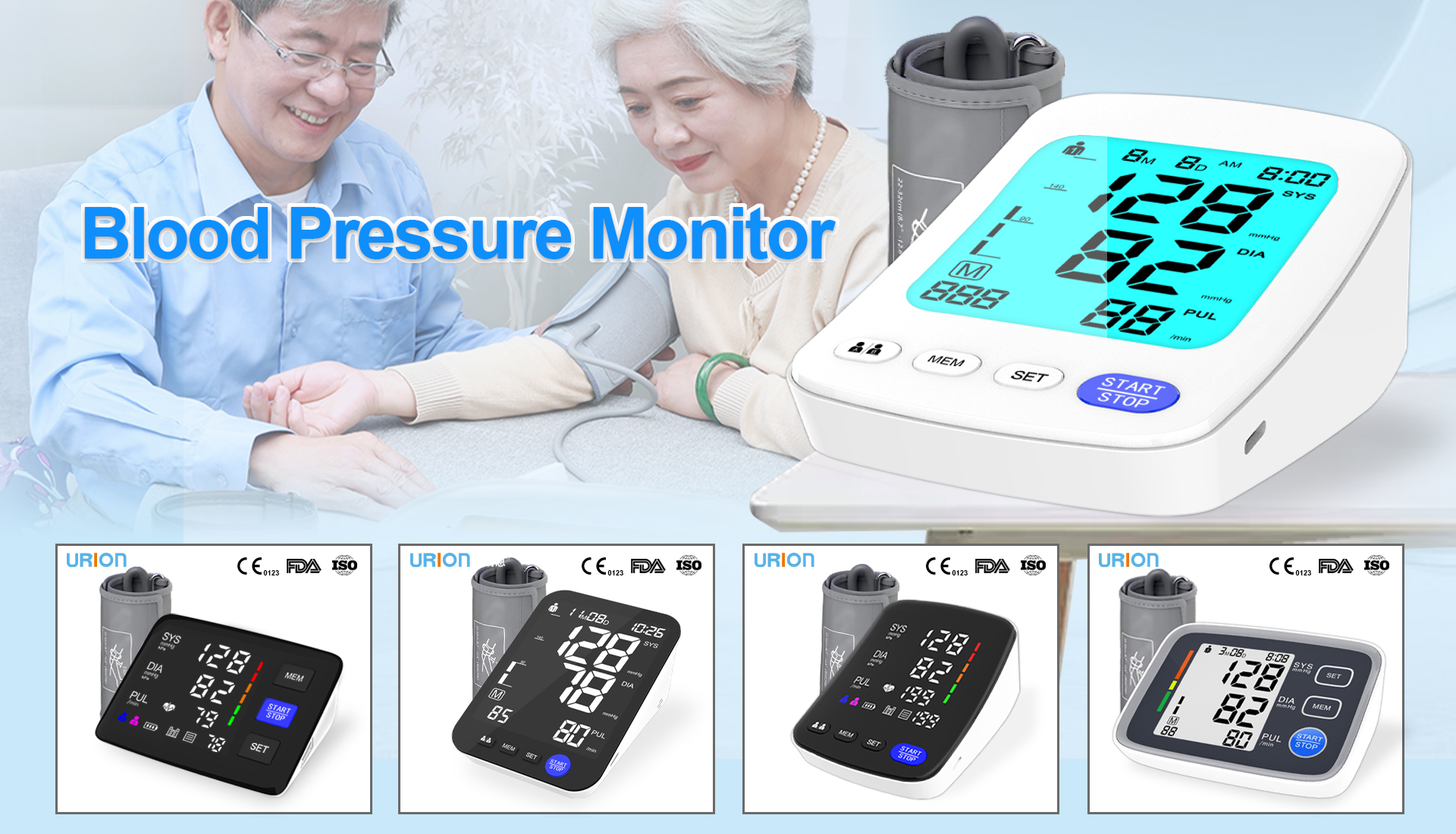
Privacy statement: Your privacy is very important to Us. Our company promises not to disclose your personal information to any external company with out your explicit permission.
Arrhythmia is a cardiac anomaly that causes irregular sequences of heartbeats; too slow, too fast, or nonlinear. In this case, not all blood pressure monitors will help you, and you should use products purpose built for this type of pathology, such as the latest generation of automatic digital monitors.

Did you know that some digital automatic blood pressure monitors can identify the possible presence of arrhythmia? This disorder, whose most common form is atrial fibrillation, causes an irregular, sometimes rapid heartbeat and makes the heart less effective at pumping the blood. Other risk factors for this disease include congenital heart defects, hypertension, and stress. Nowadays, a number of ad-hoc blood pressure monitors on the market can measure your heartbeat and tell you if you have suspected arrhythmia.
There is more than one solution to identifying arrhythmia. Traditionally, doctors did this by feeling the patient's pulse and listening using manual mercury-based monitors of the kind invented by Riva-Rocci, or other manual or hybrid aneroid devices. Today, automatic digital monitors are appearing on the market: these use validated algorithms to detect arrhythmia and can tell you if they register even the slightest anomaly in your heartbeat. Our advice is - if yours does identify an irregularity - you should see your doctor and explain what has happened. They will be able to determine whether you have the disorder, and refer you for an electrocardiogram if necessary.
Cardiac arrhythmia can be identified using a digital wrist or arm monitor. If you have atrial fibrillation, using these validated devices can improve the prevention of thromboembolic stroke. In fact, new technology allows you to measure your own blood pressure and carry out simple, regular screening of your cardiac rhythm. Result? You can identify atrial fibrillation in a sensitive and specific manner, since it is often asymptomatic and a common risk factor for stroke. If you're aware that you have arrhythmia, you can protect yourself with an appropriate anticoagulant treatment; otherwise clots can form in your heart, possibly detaching themselves as embolisms and causing a stroke.
Different sizes of monitor, and how easy they are to read
The size and legibility of the display are important parameters to consider when choosing your monitor. If you have problems seeing or interpreting the readout, there are digital arm monitors that give a easily understandable response in a matter of minutes.
Digital monitors can store up to 120 readings in memory
If you need to keep a close eye on your blood pressure and heart rate, choose a digital monitor with a large memory. Some models can store up to 120 measurements. Before buying your Digital blood pressure monitor, check your own measurements too: each model can be used with different sizes of cuff depending on the circumference of your arm.
Digital wrist monitors: more convenient, but less accurate
Digital wrist monitors that also calculate your heart rate are easier to inflate than the arm variety, generally cheaper, and ideal for overweight people. However, bear in mind that they may be less accurate.
LET'S GET IN TOUCH

Privacy statement: Your privacy is very important to Us. Our company promises not to disclose your personal information to any external company with out your explicit permission.

Fill in more information so that we can get in touch with you faster
Privacy statement: Your privacy is very important to Us. Our company promises not to disclose your personal information to any external company with out your explicit permission.